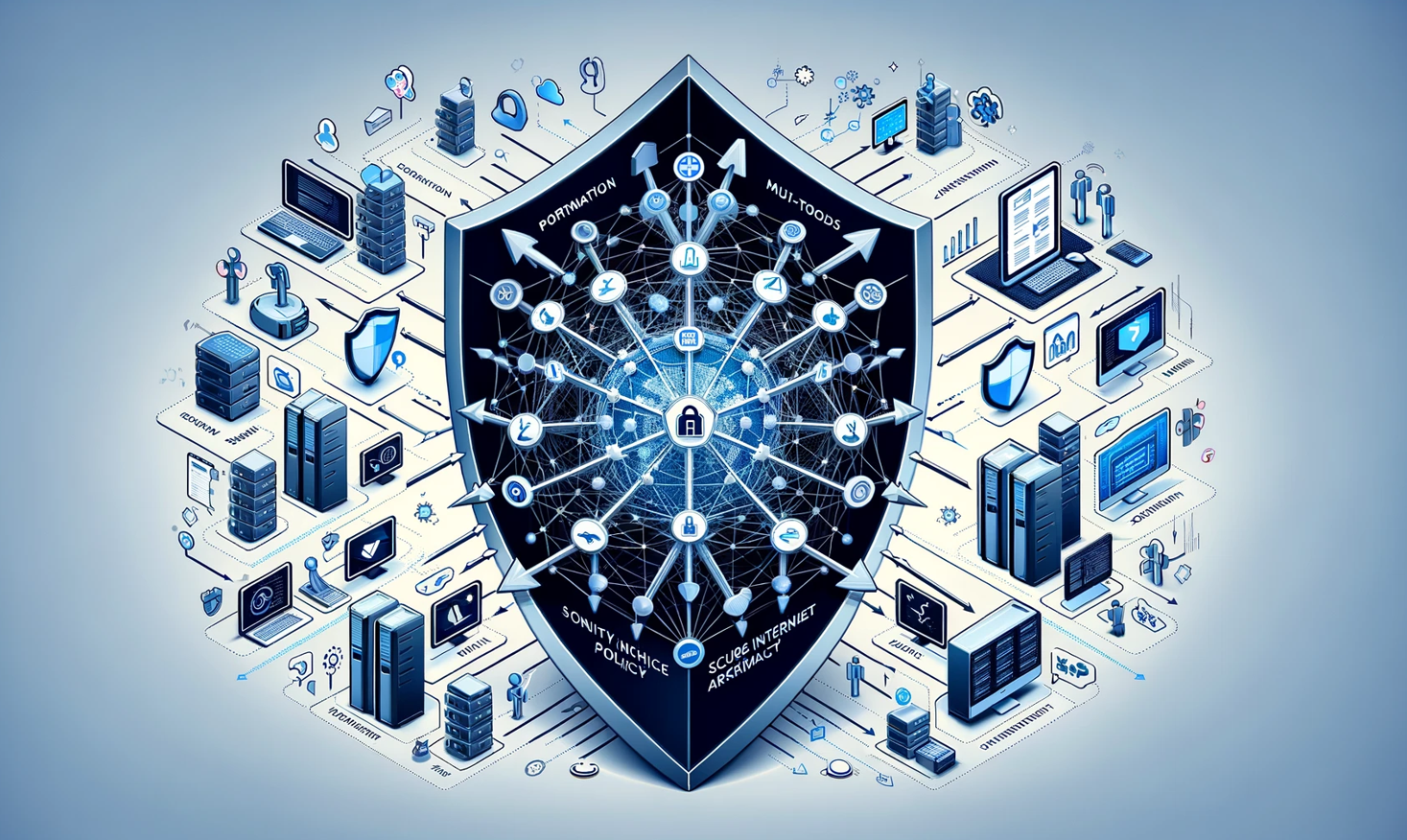What is ERP? Enterprise resource planning systems explained
Streamline processes, thereby increasing organizational agility
Enhance organizational efficiency by reducing the number of systems in use
Increase data visibility and opportunities for data analysis, including the possibility of accelerated reporting in

- Streamline processes, thereby increasing organizational agility
- Enhance organizational efficiency by reducing the number of systems in use
- Increase data visibility and opportunities for data analysis, including the possibility of accelerated reporting in real-time
- Standardize operations across the enterprise by centralizing data and ensuring consistent workflows
- Ensure greater data security through centralization, access controls, and audit trails
- Improve productivity by automating tasks and reducing manual data entry
By integrating financial information in a single system, ERP systems unify an organization’s financial reporting. They also integrate order management, making order taking, manufacturing, inventory, accounting, and distribution a much simpler, less error-prone process. Most ERPs also include customer relationship management (CRM) tools to track customer interactions, thereby providing deeper insights about customer behavior and needs. They can also standardize and automate manufacturing and supporting processes, and unify procurement across an organization’s business units. ERP systems can also provide a standardized HR platform for time reporting, expense tracking, training, and skills matching, and greatly enhance an organization’s ability to file the necessary compliance reporting across finance, HR, and the supply chain.
How ERP systems work
ERP systems integrate a range of business processes into a single, centralized database and software platform. They typically comprise a suite of modules targeted to a specific business function, such as finance, manufacturing, HR, or supply chain. Because ERP suites provide a centralized data repository, data entered into any module is automatically updated across all modules that require access to that data. Users access ERP modules through a unified interface, through which they can perform tasks and generate reports. Because they typically are modular in nature, organizations can select the elements that are relevant to their business. Many ERP systems can also be customized further to fine-tune them to an organization’s specific needs.
Common ERP modules
Because ERP systems are designed to address the unique needs of a wide range of businesses, the list of modules available for any given ERP system can be comprehensive. Common ERP modules include:







